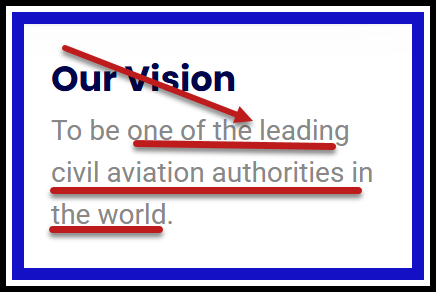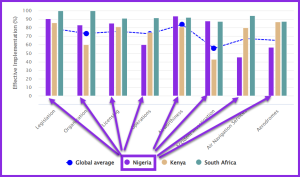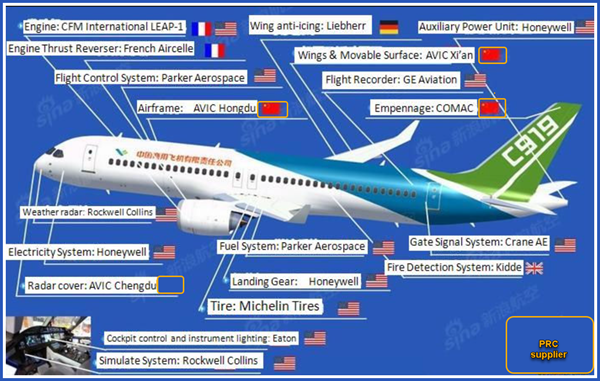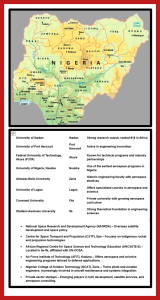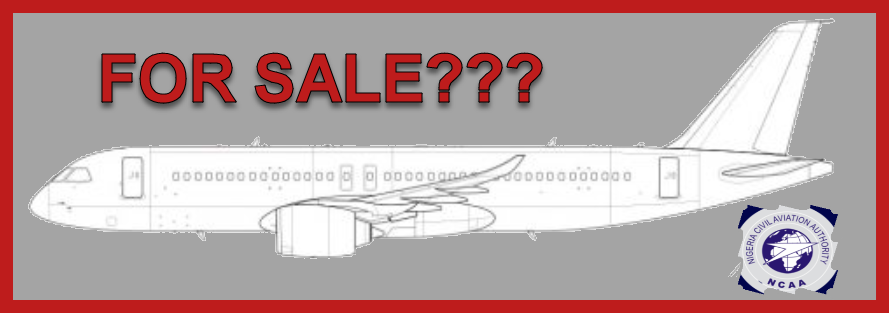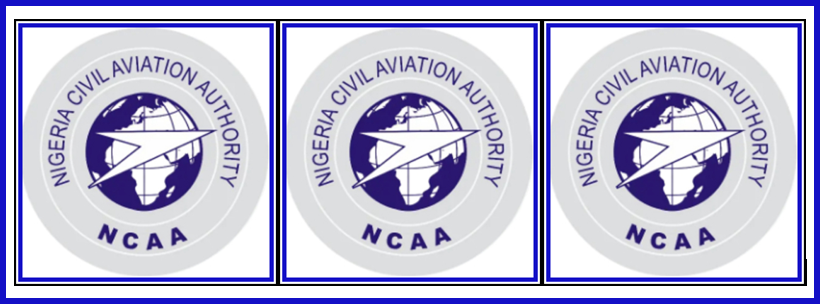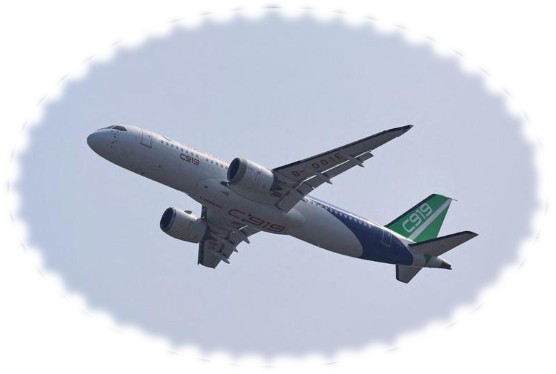Nigeria’s eyeing TC for C-919 HERE’S WHY NOT!!!
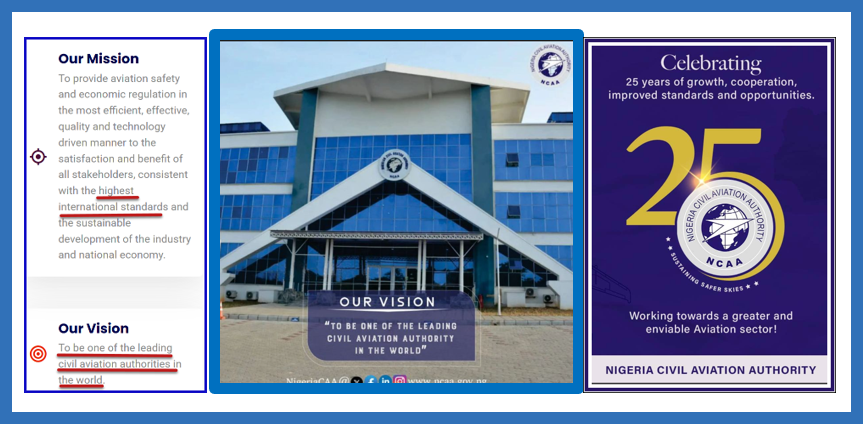
Captain Chris Ona Najomo, Director General of the Nigeria Civil Aviation Authority, announced that his team is eyeing the Type Certification[1] of the COMAC C-919 for flights in other African countries. He is quoted as saying that NCAA is
“…considering the months-long certification process for the jet to operate on domestic routes, noting the absence of validation from Western regulators.
“We’re looking at the certification of the airplane. First of all, that is where we have to start,” Najomo said on the sidelines of the U.N. aviation agency’s assembly in Montreal.”
First, EASA, one of the globe’s most competent TC authority, has said:
“…it expects the certification process for the COMAC C919—despite its existing CAAC approval—to take BETWEEN THREE AND SIX YEARS before European validation is granted. This timeline was confirmed by EASA Executive Director Florian Guillermet in interviews earlier this year.”
Nigeria recognizes that jet’s lack of validation from FAA and the EASA, will be an impediment to the C-919 sales in most markets. Its pronouncement of its willingness to issue a TC may show a symbiotic relationship in such a deal
- NCAA has a vision which would appear to encompass reaching international recognition for its TC competence:
- Issuance of a TC for the C-919 would make the rest of the CAA community of its abilities.
- Nigeria’s aviation market is growing, with improvements in leasing access and a notable decrease in average real airfares—down 43.6% from 2011 to 2023. This growth presents an opportunity for COMAC to penetrate the market, especially as Nigeria’s aviation sector has recently improved its compliance ratings, enhancing confidence among lessors.
Nigeria’s technical rating under ICAO’s USOAP places it in the tops of its continental countries[2] but that status does not necessarily equate to the human resources and experience to process a TC application[3]–
Even EASA notes that one of its major work tasks would be the validation of numerous major systems in the C-919 and perhaps the most demanding exercises would be to assure that these individual elements, once integrated by COMAC, meets the internationally accepted airworthiness requirements.
Furthermore, ICAO’s 2023 audit flagged NCAA for low scores in certification (49.7%){operational airworthiness not TC determinations}.
If the immediate goal is to assist COMAC to sell its aircraft at prices attractive to African airlines, those countries may be willing to ignore a recognized TC and limit their flights within the neighboring countries accepting the NCAA TC. Even that ignores that a TC is not just a ticket within the aviation community; every civil aircraft is insured and the INSURANCE COMPANY IS HIGHLY UNLIKELY TO ISSUE A POLICY FROM A CIVIL AVIATION AUTHORITY WITHOUT RECOGNIZED COMPETENCE. Most countries mandate Aircraft-specific coverage (not just fleet-wide policies). Perhaps the ultimate blockade of these NCAA certificated C-919 may come from a powerful organization in London which defines acceptable risk in commercial terms-
come from a powerful organization in London which defines acceptable risk in commercial terms-
While discouraging, the trail for Nigeria to a full TC status is not impossible but requires patience. There are EXPERTS who can guide this sovereign body through hiring of the talent, supporting the creation of policies & procedures that meet ICAO’s requirements[4] and assist in working through the assessment on an application for a TC. It is possible especially since the country has a strong GDP and a bounty of educational resources that can produce the necessary talent.
Nigeria eyes certification of China’s C919 jet for local airlines
FILE PHOTO: A COMAC C919 narrowbody airliner flies in the sky at the China International Aviation and Aerospace Exhibition, or Airshow China, in Zhuhai, Guangdong province, China November 12, 2024. REUTERS/Tingshu Wang/File Photo© Thomson Reuters
MONTREAL (Reuters) –Nigeria’s Civil Aviation Authority is looking into certifying China’s C919 jet for the country’s carriers, its director general Captain Chris Ona Najomo, told Reuters, as Nigerian airlines take on more aircraft and as relations warm with Beijing.
 Chinese planemaker COMAC[5] is producing the narrow-body C919 to compete with leading Western planemakers Airbus and Boeing and has held several talks with Nigeria over the aircraft.
Chinese planemaker COMAC[5] is producing the narrow-body C919 to compete with leading Western planemakers Airbus and Boeing and has held several talks with Nigeria over the aircraft.
COMAC OFFERING MAINTENANCE SUPPORT TO NIGERIAN CARRIERS
Najomo said COMAC officials had offered maintenance and training support for any planes operated by Nigerian carriers, and was exploring so-called dry lease arrangements, which involve leasing aircraft without crew.
“We just told them that if they can make sure they facilitate a good dry lease arrangement, it’s better,” Najomo said.
Abdullahi Ahmed, CEO of Nigerian airline NG Eagle, EXPRESSED INTEREST IN EXPANDING HIS FLEET BEYOND ITS CURRENT THREE JETS AND SAID HE WOULD CONSIDER COMAC PLANES IF CERTIFIED AND ACCOMPANIED BY MAINTENANCE AND TRAINING SUPPORT.
Nigeria’s improved Aviation Working Group rating reflects stronger compliance with the Cape Town Convention, a treaty that simplifies leasing aviation equipment.
Najomo said this development was boosting confidence among lessors, enabling the country’s 13 airlines to access newer planes on the leasing market.
[1] None of the quotes found do not mention TYPE CERTIFICATION, the term denoting that a competent authority will certificate the AIRWORTHINESS of an commercial airliner. A TC from a recognized CAA is a PREQUISITE to flights over and to most countries. The mention that NCAA expects to issue such a regulatory approval in a months long timeframe places some doubt as to the DGCA’s precise meaning.
[2] 70% EI score places it above many developing states, it remains below ICAO’s aspirational benchmark of 75%.
[3] ICAO’s USOAP involves continuous monitoring; attempting to issue a TC without adequate technical competence would hurt the country’s ratings.
[4] ICAO’s Country Left Behind (NCLB) initiative is poised to help by Enhancing states’ regulatory capacity and oversight through collaborative efforts and partnerships.
[5] COMAC cuts C919 jet delivery targets by two-thirds for 2025 – reports
